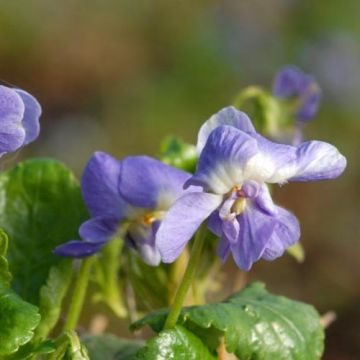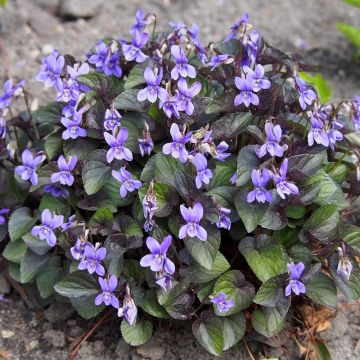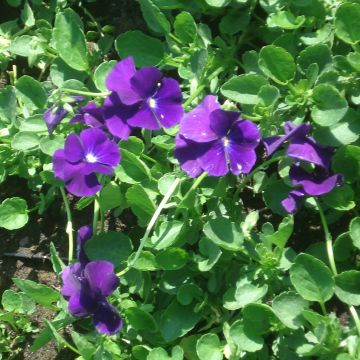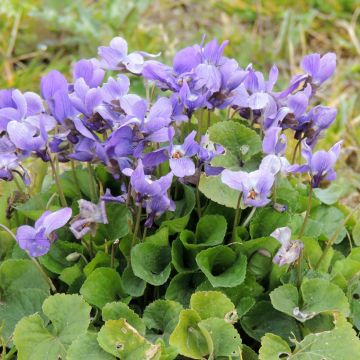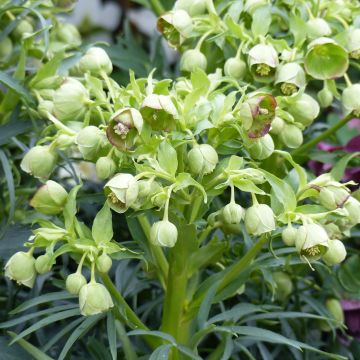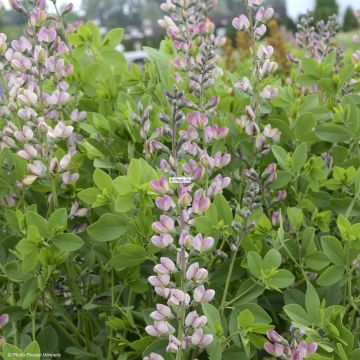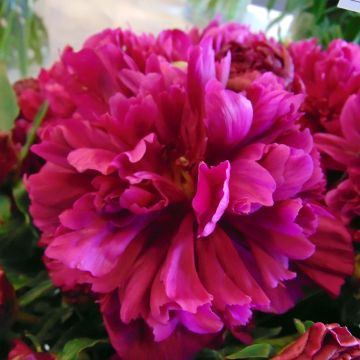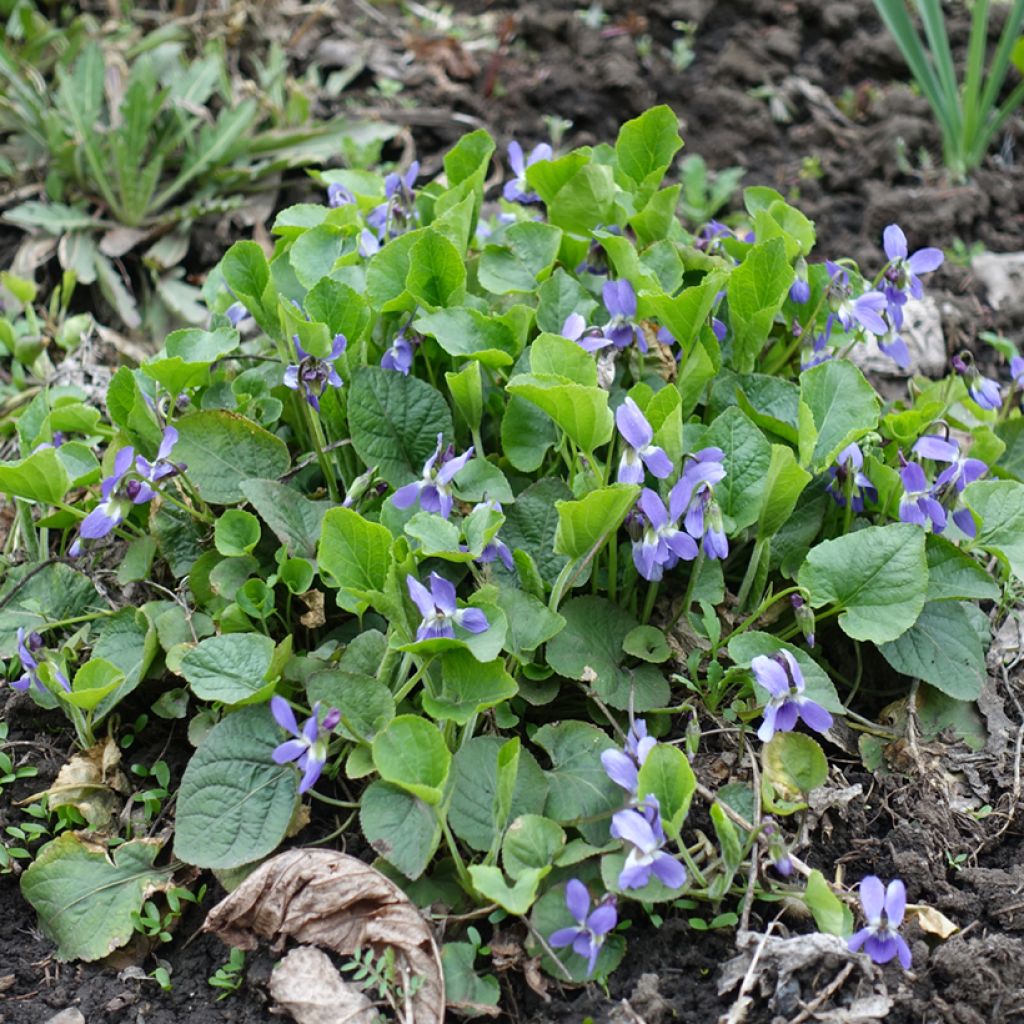

Viola reichenbachiana
Viola reichenbachiana
Viola reichenbachiana
Early Dog-violet, Hedge Violet
Why not try an alternative variety in stock?
View all →This plant carries a 12 months recovery warranty
More information
We guarantee the quality of our plants for a full growing cycle, and will replace at our expense any plant that fails to recover under normal climatic and planting conditions.
From €5.90 for pickup delivery and €6.90 for home delivery
Express home delivery from €8.90.
Does this plant fit my garden?
Set up your Plantfit profile →
Description
Viola reichenbachiana, the Early Dog Violet, often called Hedge Violet, is a small wild plant. This small perennial seduces all gardeners and romantic souls with its pretty flowers of a fairly tender blue-lilac, but also with its great ease of cultivation in semi-shaded areas and under deciduous trees. It forms small clumps of evergreen foliage that multiply over time, beautifying the soil where few perennials thrive.
Viola reichenbachiana belongs to the Violaceae family, it is widespread throughout Europe, but also from Siberia to India and Japan, as well as in Algeria and the Canary Islands. It is a rhizomatous perennial plant that develops a rosette of leaves from which a stem covered with medium green, heart-shaped elongated leaves (elongated heart-shaped), with crenellated edges, rises. The plant reaches 20 to 30 cm (8 to 12in) in height when flowering. The foliage, evergreen in winter, may disappear in summer in case of drought. The flowering of this variety takes place from March to May depending on the region. Clumps of leaves emerge from peduncles each bearing a flower with a diameter of 2.5 cm (1in). Each flower is composed of five unequal petals of blue-lilac colour arranged asymmetrically around the white throat. The petal located at the bottom of the corolla extends backward with a short spur. This spur, of the same violet colour or darker than the petals, is one of the criteria that allow to identify this species, as well as the presence of a slightly hairy style (female organ in the centre of the flower) with many cylindrical protuberances at its end.
Wood violets will thrive almost anywhere as long as they are planted in a semi-shaded exposure and in slightly humus-rich soil. They are used to adorn the base of trees and shrubs, in border plantings, along pathways or in rock gardens where they often self-seed. For example, associate them with primroses, bluebells, liverworts, small ferns. They can also be cultivated in pots or containers placed on the windowsill (for fragrance), or on the patio, without forgetting to water them. Create beautiful bouquets with their flowers as well.
Violets and pansies belong to the genus Viola. How to differentiate a violet from a pansy? By the arrangement of their petals: the former has two upward-facing petals and three petals facing downward, while the latter has four upward-facing petals, with the fifth, larger than the others, drooping. Violets are almost all native to temperate regions of the world. The vast majority of them are perennials, but large-flowered hybrids are sold and used as annual plants.
Report an error about the product description
Flowering
Foliage
Plant habit
Botanical data
Viola
reichenbachiana
Violaceae
Early Dog-violet, Hedge Violet
Western Europe
Other Viola - Violets
Planting and care
Plant Viola reichenbachiana in partial shade (not in dense shade), in a regular, rather moist and light soil. It also grows in a slightly alkaline soil if it is enriched with leaf compost. Its foliage will sometimes be deciduous in summer if the soil is dry. Water regularly the first year, but not excessively. This violet tolerates clay soils and drought once established. In pots, water regularly throughout the growing season.
Planting period
Intended location
Care
This item has not been reviewed yet - be the first to leave a review about it.
Spring flowering perennials
Haven't found what you were looking for?
Hardiness is the lowest winter temperature a plant can endure without suffering serious damage or even dying. However, hardiness is affected by location (a sheltered area, such as a patio), protection (winter cover) and soil type (hardiness is improved by well-drained soil).

Photo Sharing Terms & Conditions
In order to encourage gardeners to interact and share their experiences, Promesse de fleurs offers various media enabling content to be uploaded onto its Site - in particular via the ‘Photo sharing’ module.
The User agrees to refrain from:
- Posting any content that is illegal, prejudicial, insulting, racist, inciteful to hatred, revisionist, contrary to public decency, that infringes on privacy or on the privacy rights of third parties, in particular the publicity rights of persons and goods, intellectual property rights, or the right to privacy.
- Submitting content on behalf of a third party;
- Impersonate the identity of a third party and/or publish any personal information about a third party;
In general, the User undertakes to refrain from any unethical behaviour.
All Content (in particular text, comments, files, images, photos, videos, creative works, etc.), which may be subject to property or intellectual property rights, image or other private rights, shall remain the property of the User, subject to the limited rights granted by the terms of the licence granted by Promesse de fleurs as stated below. Users are at liberty to publish or not to publish such Content on the Site, notably via the ‘Photo Sharing’ facility, and accept that this Content shall be made public and freely accessible, notably on the Internet.
Users further acknowledge, undertake to have ,and guarantee that they hold all necessary rights and permissions to publish such material on the Site, in particular with regard to the legislation in force pertaining to any privacy, property, intellectual property, image, or contractual rights, or rights of any other nature. By publishing such Content on the Site, Users acknowledge accepting full liability as publishers of the Content within the meaning of the law, and grant Promesse de fleurs, free of charge, an inclusive, worldwide licence for the said Content for the entire duration of its publication, including all reproduction, representation, up/downloading, displaying, performing, transmission, and storage rights.
Users also grant permission for their name to be linked to the Content and accept that this link may not always be made available.
By engaging in posting material, Users consent to their Content becoming automatically accessible on the Internet, in particular on other sites and/or blogs and/or web pages of the Promesse de fleurs site, including in particular social pages and the Promesse de fleurs catalogue.
Users may secure the removal of entrusted content free of charge by issuing a simple request via our contact form.
The flowering period indicated on our website applies to countries and regions located in USDA zone 8 (France, the United Kingdom, Ireland, the Netherlands, etc.)
It will vary according to where you live:
- In zones 9 to 10 (Italy, Spain, Greece, etc.), flowering will occur about 2 to 4 weeks earlier.
- In zones 6 to 7 (Germany, Poland, Slovenia, and lower mountainous regions), flowering will be delayed by 2 to 3 weeks.
- In zone 5 (Central Europe, Scandinavia), blooming will be delayed by 3 to 5 weeks.
In temperate climates, pruning of spring-flowering shrubs (forsythia, spireas, etc.) should be done just after flowering.
Pruning of summer-flowering shrubs (Indian Lilac, Perovskia, etc.) can be done in winter or spring.
In cold regions as well as with frost-sensitive plants, avoid pruning too early when severe frosts may still occur.
The planting period indicated on our website applies to countries and regions located in USDA zone 8 (France, United Kingdom, Ireland, Netherlands).
It will vary according to where you live:
- In Mediterranean zones (Marseille, Madrid, Milan, etc.), autumn and winter are the best planting periods.
- In continental zones (Strasbourg, Munich, Vienna, etc.), delay planting by 2 to 3 weeks in spring and bring it forward by 2 to 4 weeks in autumn.
- In mountainous regions (the Alps, Pyrenees, Carpathians, etc.), it is best to plant in late spring (May-June) or late summer (August-September).
The harvesting period indicated on our website applies to countries and regions in USDA zone 8 (France, England, Ireland, the Netherlands).
In colder areas (Scandinavia, Poland, Austria...) fruit and vegetable harvests are likely to be delayed by 3-4 weeks.
In warmer areas (Italy, Spain, Greece, etc.), harvesting will probably take place earlier, depending on weather conditions.
The sowing periods indicated on our website apply to countries and regions within USDA Zone 8 (France, UK, Ireland, Netherlands).
In colder areas (Scandinavia, Poland, Austria...), delay any outdoor sowing by 3-4 weeks, or sow under glass.
In warmer climes (Italy, Spain, Greece, etc.), bring outdoor sowing forward by a few weeks.

































